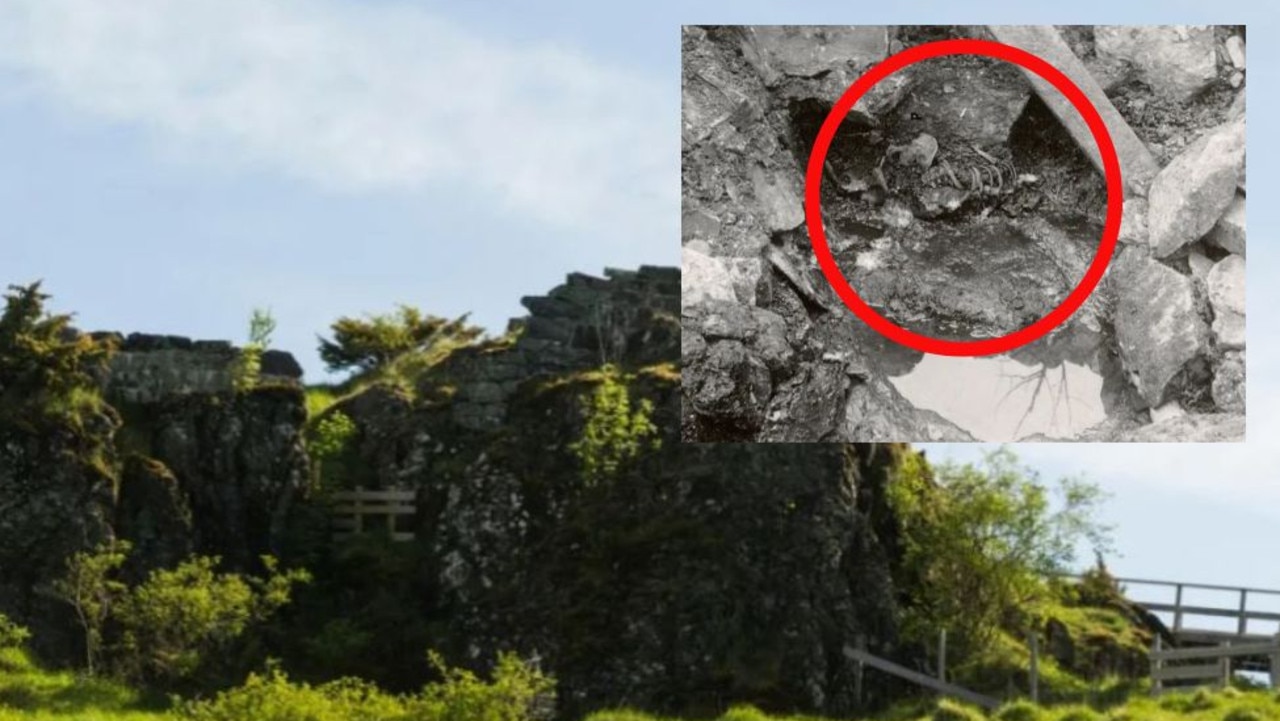Roman ‘ghost’ village rises from reservoir in drought-hit Spain 2000 years after vanishing
As a horror drought grips parts of Spain, a village that disappeared 2000 years ago has emerged from the water and left a stunning sight for tourists.
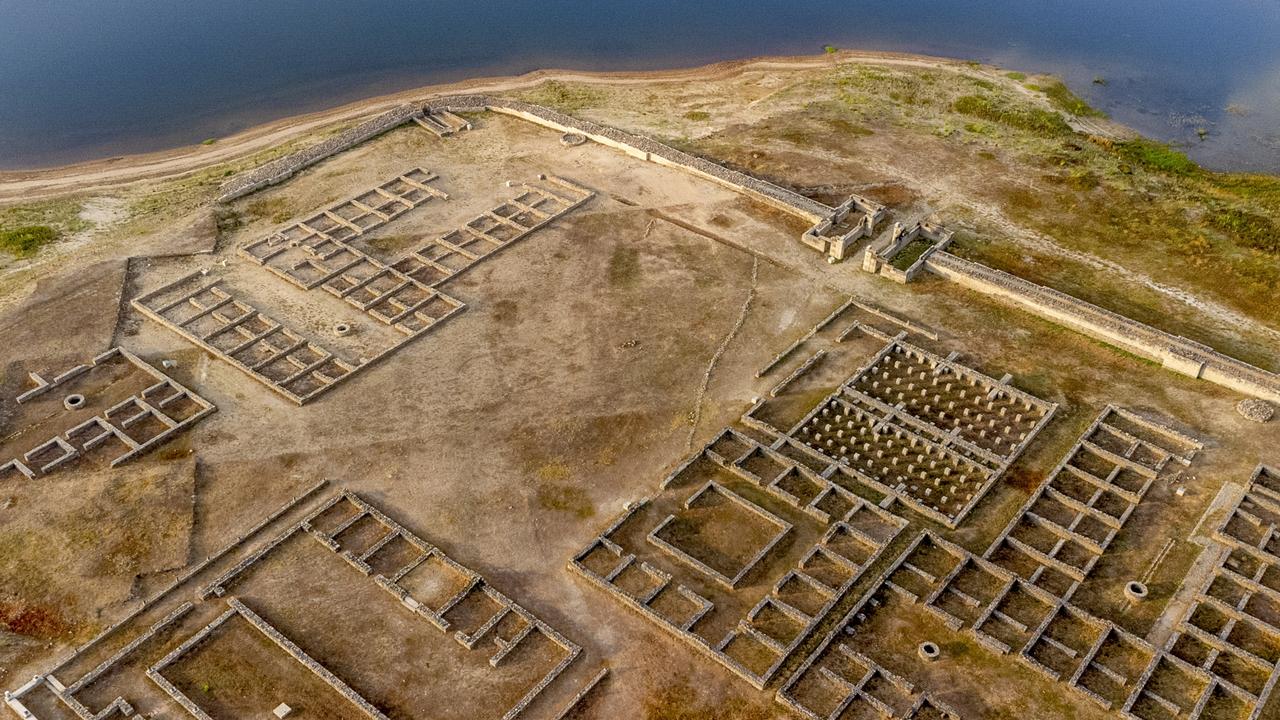
A Roman ‘ghost’ village has been discovered nearly 2000 years after it vanished underwater.
The ancient town was submerged under a reservoir on the Lima River in northwest Spain for centuries before the miraculous find.
Traced back to around 75AD, the ruins are believed to be a Roman military camp named Aquis Querquennis.
Want to stream your news? Flash lets you stream 25+ news channels in 1 place. New to Flash? Try 1 month free. Offer ends 31 October, 2022 >
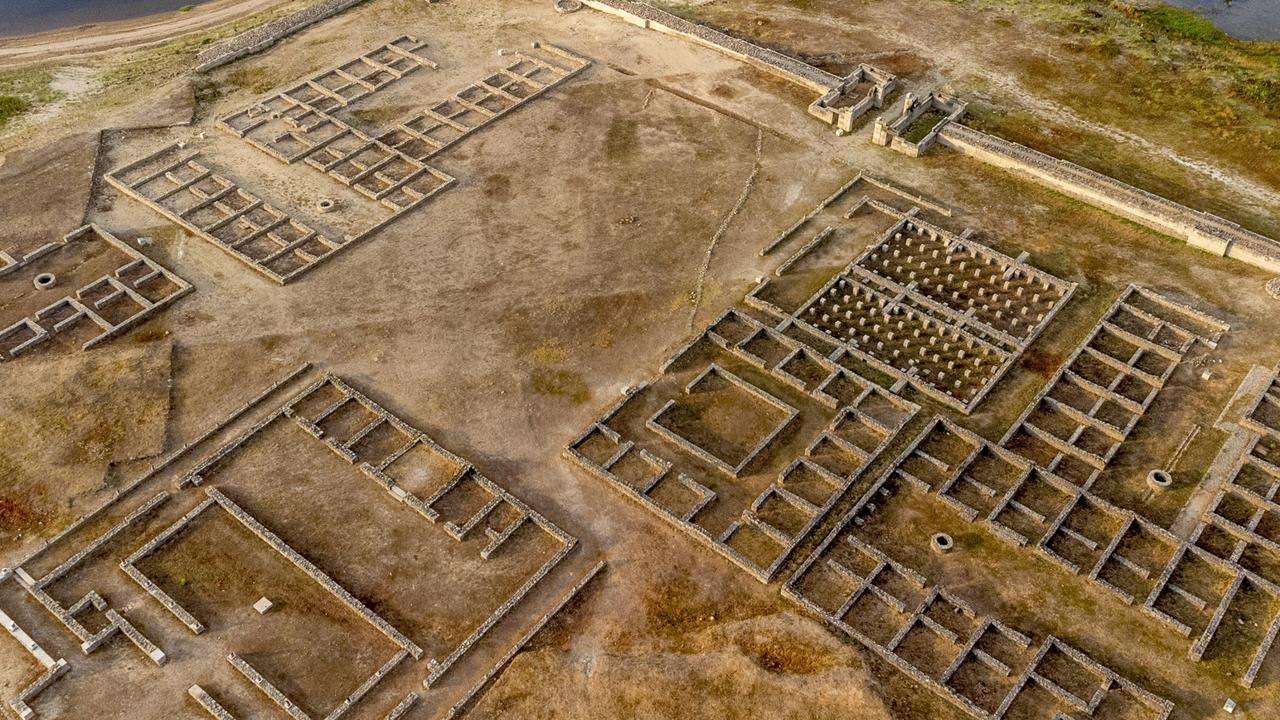
According to experts, the ancient military base was built in Galicia, around 530km from Madrid, at the height of the Roman empire nearly 2000 years ago.
Identified by drone footage taken last week, the lost village has now been seen like never before after it lay untouched for centuries.
When the Roman army was at its peak, the base housed up to 600 soldiers, according to Atlas Obscura.
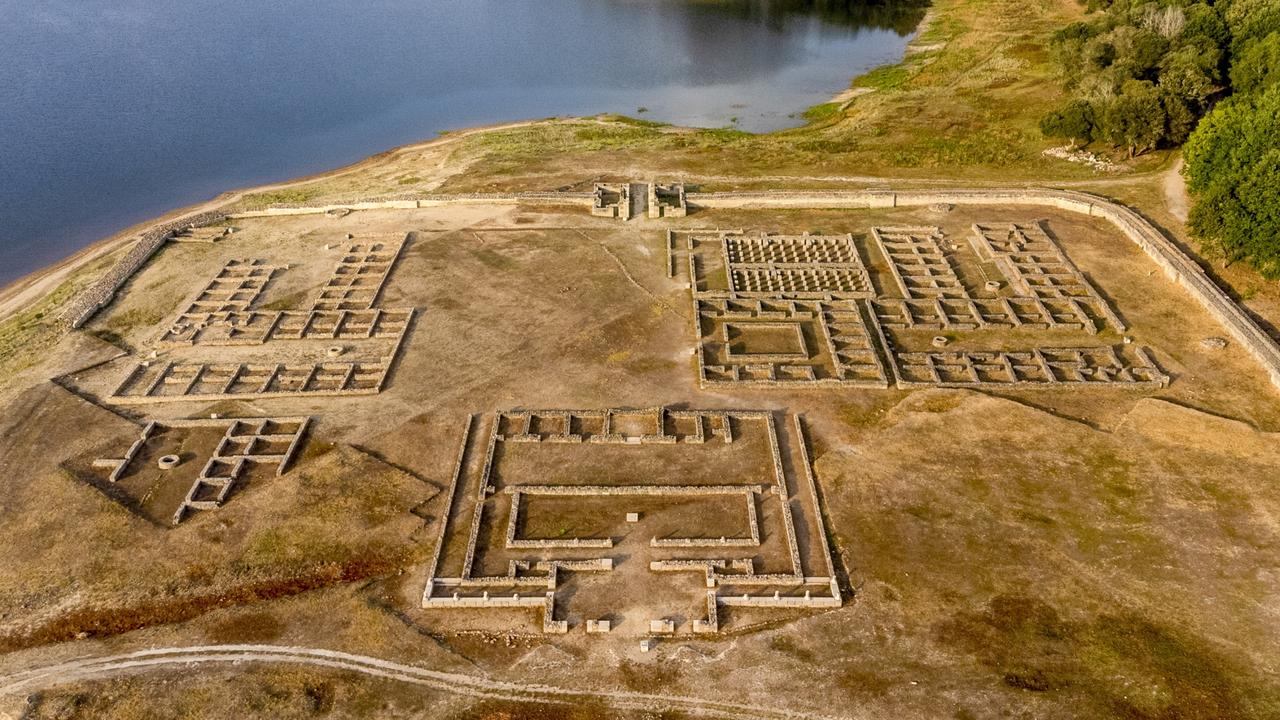
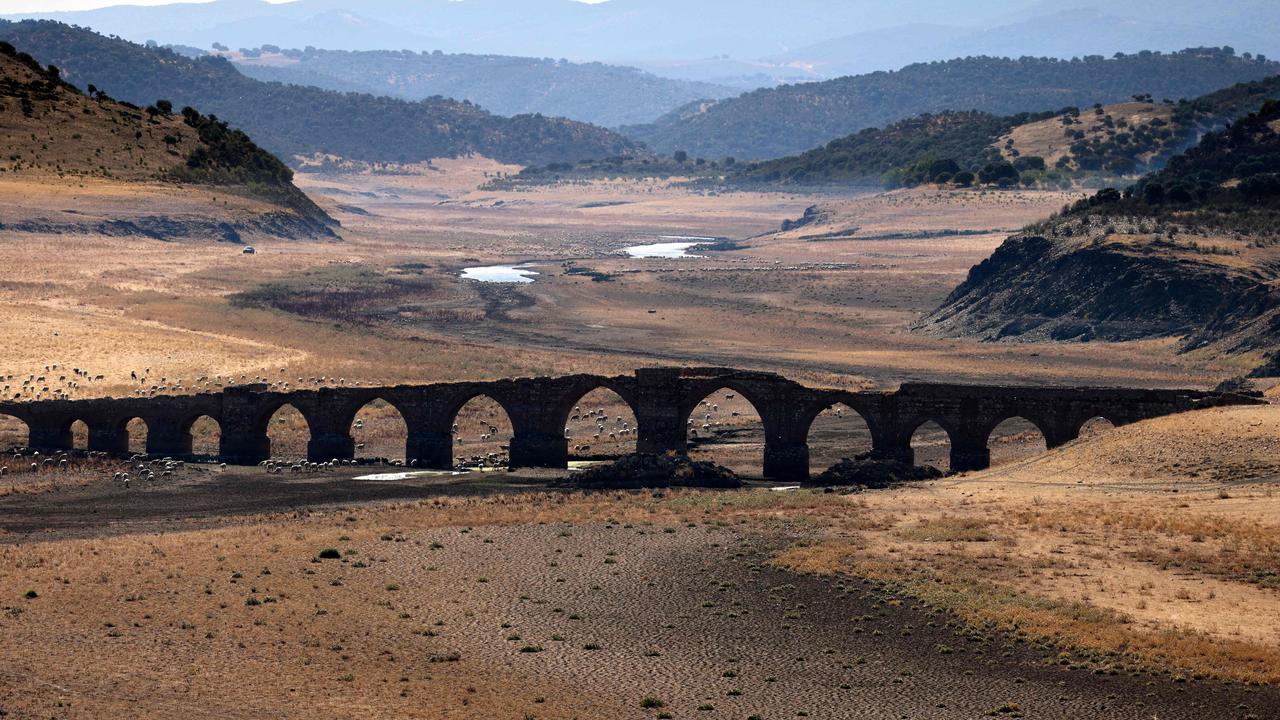
The military base was said to be abandoned by the army decades after it was constructed, before it was later flooded by the river.
Included in the massive military base was a temple, thermal baths, army barracks and a hospital, which sat for thousands for years under the river before severe droughts across Spain recently exposed the ruins.
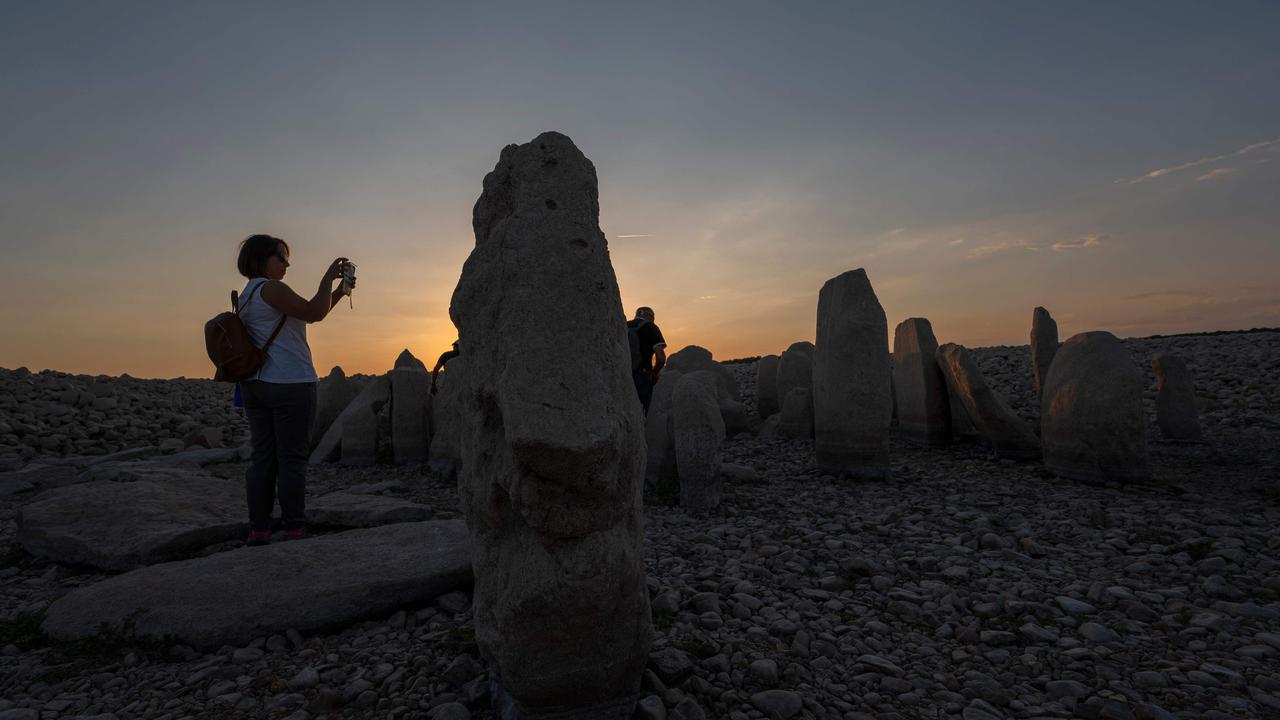
The findings have led some to question what other ancient sites could be discovered.
Nearly three-quarters of Europe is currently under drought warnings after a scorching summer, according to the European Drought Observatory.
Several other incredible archaeological finds have been unearthed this year, including a fabled construction project from infamous Roman ruler Nero.
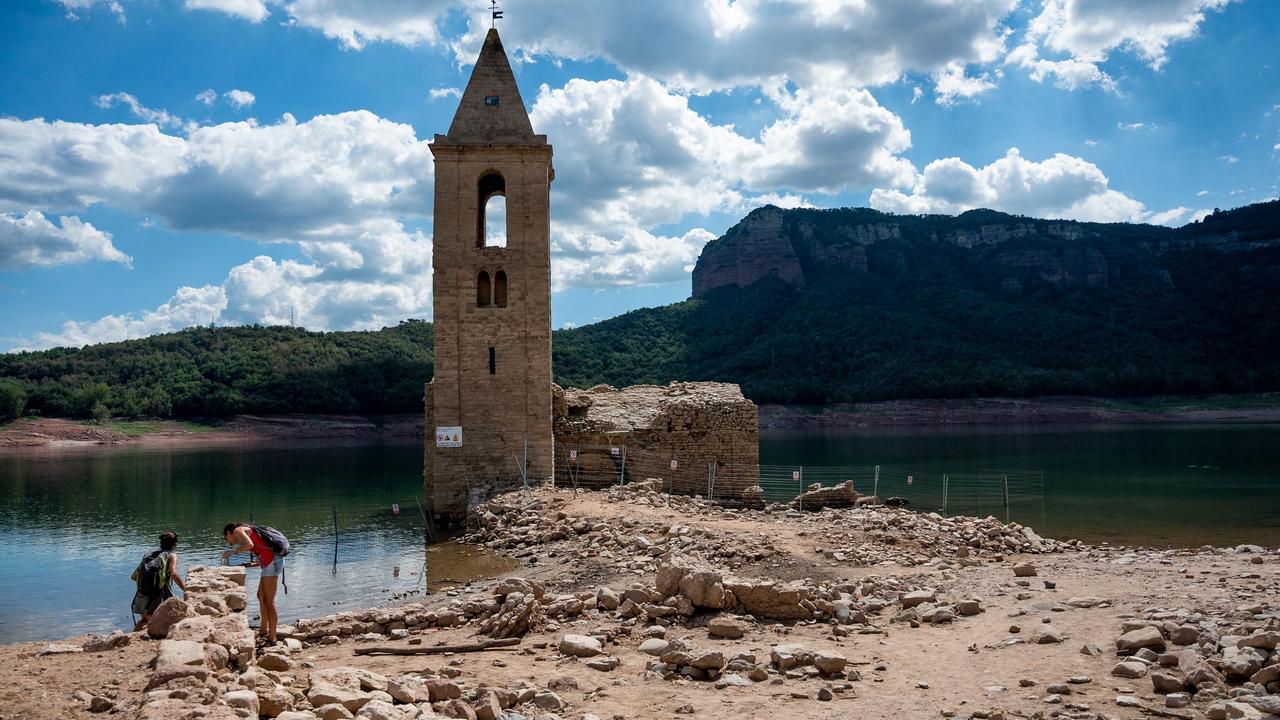
In Rome, the ruins of the ‘Bridge of Nero’ were revealed at the Tiber River, which was built during the Roman Emperor’s reign between AD54 and AD68.
The drought also hit Italy’s largest river, the Po, where a Second World War tank was recently discovered.
This article originally appeared on The Sun and has been republished with permission





